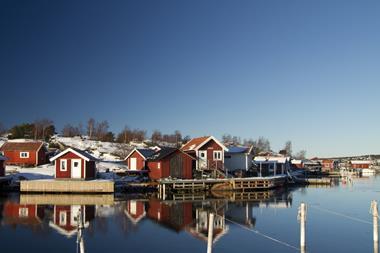Swedish national pensions buffer fund AP1 is investing $250m (€235m) in a new fund launched by Osmosis Investment Management targeting low-volatility stocks that are also considered efficient in their use of environmental resources.
One of the aims of the new fund is to address concerns that low volatility portfolios have more exposure to resource-intensive industries such as the utilities sector, which Osmosis said have “significant non-financial risks”.
The SEK290bn (€30.5bn) Swedish pension fund has seeded the Osmosis MoRE World Resource Efficiency Fund – Low Volatility.
Mikael Angberg, chief investment officer of AP1, said: “With respect to AP1’s overall portfolio, this investment not only reduces our carbon footprint but also improves water efficiency and waste management while keeping a low volatility profile.”
He said sustainability aspects were important considerations in every investment AP1 made.
“In our view, efficient use of scarce resources is not only key to addressing global challenges but also contributes to long term returns,” Angberg added.
Osmosis said its new fund aimed to produce higher risk-adjusted returns than the MSCI World and MSCI World Minimum Volatility indexes by investing in a minimum-variance portfolio of “resource-efficient” stocks.
It is targeting a return of 2% more than that of the MSCI World Developed Minimum Volatility benchmark over a market cycle, while at the same time cutting investors’ ownership of carbon, water and waste relative to the benchmark by more than 70%.
Sweden’s AP funds have been reducing their portfolios’ carbon footprints for some time, and agreed a joint reporting system for this in 2015.
Ben Dear, founding partner at Osmosis Investment Management, said the firm had been seeing more demand for both style and regionally-based portfolios, where economic and environmental returns were not mutually exclusive.
“The growth in assets deployed against our resource efficiency thesis over the past 12 months is further testament to the forward-thinking nature of the holders of long-term capital,” he said. “There is a growing understanding that the sustainable deployment of capital is a potential source of additional alpha.”












No comments yet